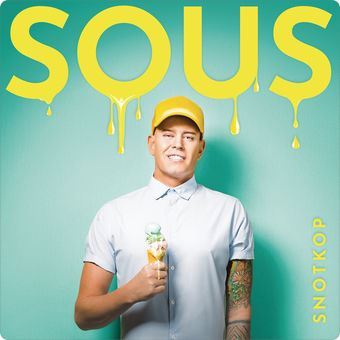

His company, Gallo Record Company, remains the largest and most successful label in South Africa, having had acclaimed artists such as Solomon Linda, Ladysmith Black Mambazo, Miriam Makeba, Mahlathini and the Mahotella Queens and many more pass through the recording studios. Gallo went on to produce music in South Africa, beginning in 1933. Pre war, in the 1930s, when Eric Gallo's Brunswick Gramophone House sent several South African musicians to London to record for Singer Records. These included a marabi/ swing fusion called African jazz and jive, a generic term for any popular marabi style of music. By the 1930s, however, marabi had incorporated new instruments - guitars, concertinas and banjos - and new styles of marabi had sprung up. Practitioners played marabi on pianos with accompaniment from pebble-filled cans, often in shebeens, establishments that illegally served alcohol to black people. Marabi, a style from the slums of Johannesburg, was the early "popular music" of the townships and urban centres of South Africa. In the early-twentieth century governmental restrictions on black people increased, including a nightly curfew which kept the nightlife in Johannesburg relatively small for a city of its size (then the largest city south of the Sahara). In the 1890s Orpheus McAdoo's Jubilee Singers popularised African-American spirituals. By the end of the nineteenth century, South African cities such as Cape Town were large enough to attract foreign musicians, especially American ragtime players. Modern country's early musician Enoch Sontonga wrote the Southern African national anthem Nkosi Sikelel' iAfrika in 1897. Early records of music in southern Africa indicate a fusion of cultural traditions: African, European and Asian.


 0 kommentar(er)
0 kommentar(er)
